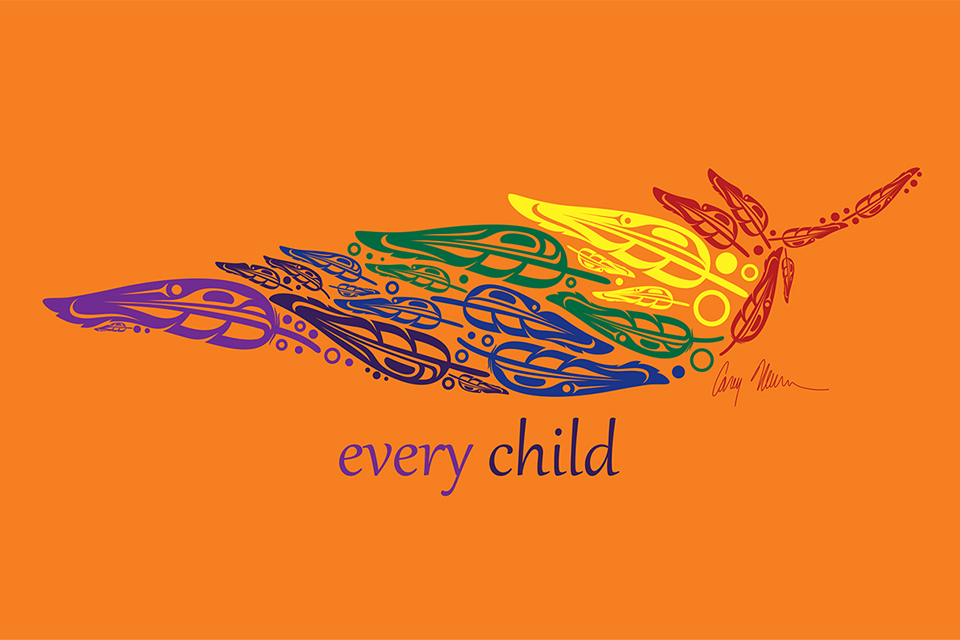Following the recent events that are occurring in Canada, it is important that we remain geared towards truth and reconciliation now more than ever. In today’s world, we are given this enormous and endless platform for a voice, wherever and whenever we want to use it. As Brad Baker mentions, this huge professional learning network has “allowed the Indigenous voice regarding truth and reconciliation to be put out there, and it’s from an authentic source” (7:20-7:29). This is crucial to Indigenous communities across Canada, in that “The authentic voice allows for real stories to be told” (7:54-7:57). When we are able to learn directly from the source, we can learn more compassionately and directly. Baker says that “The use of social media appropriately allows multiple messages to be put out, not just the one story” (11:12-11:15), so instead of hearing about the #215children from a news broadcaster, we can see what members of the Indigenous communities are posting about it, and take their knowledge and stories into our hearts. We can use these social platforms to hear their stories, to hear their calls to action, and to do better with our own education and learning.
This can only happen when we are willing and open to do so. We cannot advocate for Indigenous communities without first being vulnerable to it.
“For true change to happen (within the district, within the city, within the province, within the country), people have to be willing to be vulnerable”
-Brad Baker (13:26-13:35)
Baker goes on to say that if the world was as perfect as some people like to think, then we wouldn’t even be having this conversation at all. This is where social media plays a very important role. We have to be willing to have these conversations, we have to be willing to be vulnerable, and we have to continue to teach about Canada’s horrific past to all our future generations. History doesn’t just go away, you cannot sweep it under a rug and hope that nobody lifts it up to check for dust. It is stuck with us forever, and instead of trying to make it go away, we can work towards the reconciliation and truth about our past, for all Indigenous peoples.
So, what can we do? As a future educator, I will strive to create an open teaching classroom, where “the facilitation of learning experiences are open, transparent, collaborative, and social” (Veletsianos, 2010, p. 115). This can ensure that students are comfortable asking uncomfortable questions or engaging with uncomfortable topics. Keeping my PLN diverse is going to be a big part of it for me. This will include following and engaging with a more diverse network, including numerous Indigenous leaders or elders. I’ve been checking out a lot of the resources that Kiana shared on her post, and I’m excited to actually start engaging with them. I think it’s great how she shared so many resources with all of us. Even if you don’t want to look at a big list of people to follow, simply typing in a hashtag can give you so many sources and accounts to follow, like #215children or #residentialschools or #indigenous or #orangeshirtday, just to name a few.
Overall, it’s time that I start following and interacting with these smaller community or leaders’ accounts. We can learn so much from the smaller and more intimate accounts, so why don’t we! Expanding my PLN in this way is something that I am passionate and excited about. It’s never too late to begin reconciling with our past, and making things right for our future generations, both Indigenous or not.
References:
Baker, Brad. (2021). Brad Baker Edci 338. Youtube, https://www.youtube.com/watch?v=C5z8iHxW2n4.
Veletsianos, G., 2010. Emerging Technologies in Distance Education. [online] Aupress.ca. Retrieved from https://www.aupress.ca/app/uploads/120177_99Z_Veletsianos_2010-Emerging_Technologies_in_Distance_Education.pdf

Colin June 21, 2021
Thank you for this post, Emily!